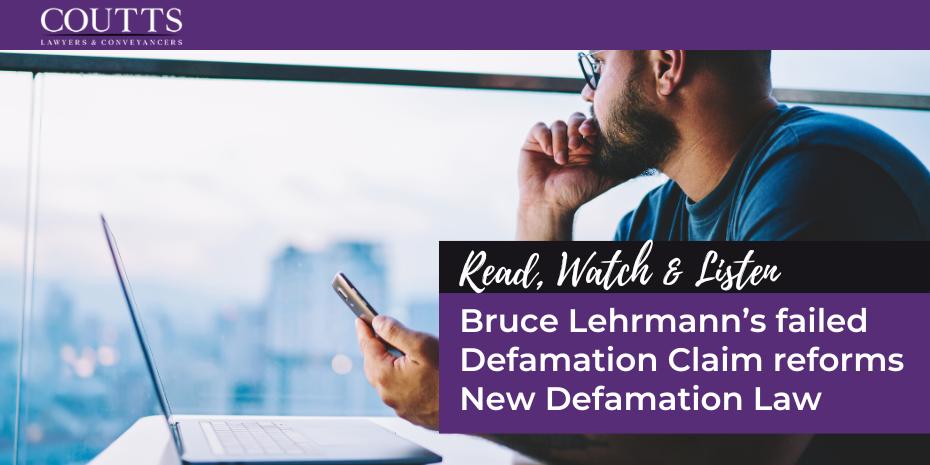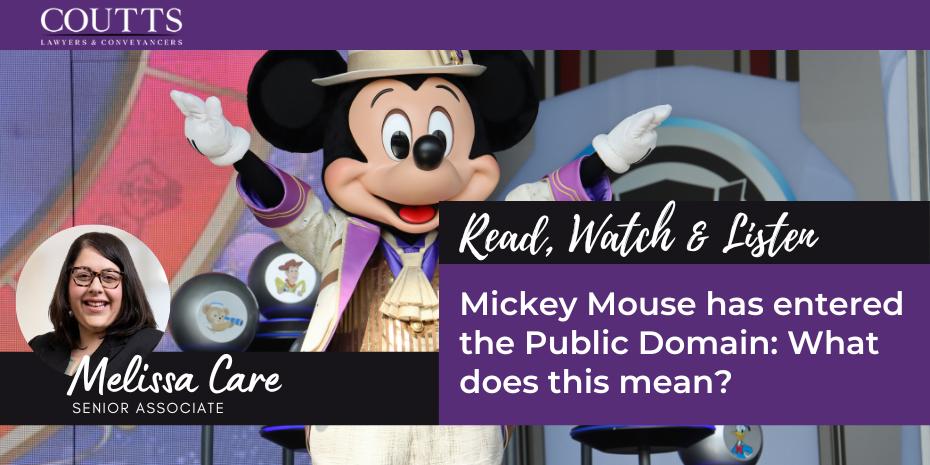KEY TAKE-OUTS:
- IP refers to your intellectual property rights.
- Types of IP include copyright, trade marks, patents and designs.
- Some IP rights are automatic such as copyright, but for other IP rights such as trade marks, it is recommended that you register your IP.
- Based on the type of IP you own, there may be different steps you can take to prevent infringement, and enforce your rights if infringement occurs.
Intellectual Property (IP) refers to intangible assets created by a person or business. IP can be thought of as assets which have a value derived from creativity, such as a book, musical composition, brand name or logo. Some examples of IP rights include copyright, trade marks, patents and designs.
Based on the type of IP you own, the way to protect your rights can be quite different. As a result, failure to take the right steps to protect your IP, or taking the wrong steps, can be quite costly. Understanding the difference between types of IP enables you to effectively protect your IP from infringement.
What is a Trade Mark?
A trade mark is a logo, set of words, phrase, sound, or other signifier which is used in order to distinguish a brand from competitors. If something is used to identify a brand, it is likely a trade mark. For example, when you see a restaurant with the golden arches in front of it, you can identify that restaurant as McDonalds.
Trade marks are a type of IP which can be registered by trade mark owners to protect ownership. In order to register a trade mark, you need to submit an application through IP Australia. To be accepted, your trade mark has to be unique and capable of distinguishing the goods or services provided by your business, from those provided by other businesses. The trade mark must also not be likely to cause confusion in the marketplace or be too similar to existing trade marks.
Once accepted, and if no objections from existing trade mark holders oppose your registration, your registered trade mark becomes an enforceable IP right, which appears on the trade marks register noting you or your business as the registered owner of that trade mark. Should any other businesses try and use the same or a similar trade mark to yours, you are able to enforce your registered trade mark rights against their use, to protect your brand.
Whilst it is possible to protect trade mark infringement without registration, as a “common law trade mark”, it can be difficult to rely on these rights compared to a registered trade mark. Common law rights only apply to the specific area your trade mark is used, and you will also be required to prove the reputation of your brand within that area to a Court. A common law trade mark is something which does not appear on the register either, so there are no preventative measures which might stop infringement before it occurs. There is also a risk that another business could try and register your trade mark. This could require a lengthy and expensive Court process to challenge the acceptance or registration of that trade mark, and providing evidence that your trade mark has been used to a greater extent for a longer period of time.
An important factor to consider with trade mark registration is that if your trade mark use extends to outside Australia, you may need to lodge further applications to protect your trade mark in those foreign jurisdictions. There are two ways to protect a trade mark internationally. If the country or countries are one of the 128 countries under the Madrid System administered by the World Intellectual Property Organisation (WIPO), you can make an application to register your trade mark in one or multiple of those countries at the same time. If you only wish to have your trade mark protected in just one other country, or if the country in question is not a signatory to the Madrid System, you may need to lodge an application through that country’s jurisdiction.
For more information on the trade mark application process, you can refer to our recent podcast on the topic.
What is Copyright?
Copyright is an IP right which protects the expression of creative skill, such as books, musical compositions or artwork. Unlike trade marks, copyright cannot be registered, but the protections are automatic once the copyrighted material has been created. For example, once an author writes a book (or part of a book), it is automatically protected by copyright, even before it is published.
The copyright symbol © is often used to denote material protected by copyright. This is good practice, as it puts others on notice that your material is copyright protected. However, even without the © symbol your creative work is protected.
What about Patents or Designs?
Patents are a type of IP right specific to inventions. A range of different inventions can be patented, including engineering, technological, chemical, biological or mechanical creations. A patent must be considered new, useful, inventive and suitable to be considered for acceptance. This means that the invention must not be too similar to any existing patents, and have the potential for real-world application and use in the relevant industry. Similar to trade marks, an application for a patent in Australia does not afford international protection. If the invention will be used internationally, you may also need to seek patent protection in the relevant countries.
Designs are rights which apply to the physical appearance of a product, such as a vehicle, a handbag or an item of clothing. It is important to consider that what is protected is simply the visual design of the product, not the materials used to create it, or any functional elements. Designs are also registerable interests, which you can apply to have protected in Australia.
How do I protect my IP rights?
The steps you might take to enforce your IP rights may depend on the IP right you own. In the case of registered rights such as trade marks, patents and designs, their registration can deter infringement as your IP rights appear on the relevant register, i.e. your trade mark will appear on the register of trade marks. As copyright is not a registerable interest, it does not have this additional deterrence factor, but putting the © copyright symbol on your works puts others on notice that your work is subject to copyright protection. Similarly, with other interests, the ™ symbol can be used on unregistered trade marks, and the ® symbol for registered trade marks.
If deterrence is unsuccessful and you find that another person or business is infringing on your intellectual property rights, you will be required to take steps to enforce those rights if infringement occurs. If you allow the infringement to continue, it may be considered evidence that you do not intend to continue using your trade mark, which could make your trade mark vulnerable to an application for it to be deregistered on this basis.
The typical first step is to issue a letter of demand or cease & desist letter to the infringing party, setting out your ownership rights, the infringing conduct, and demand that their ongoing use is ceased. If this is unsuccessful, you may be required to commence Court proceedings to stop the infringing party from continuing their behaviour. This will require substantial evidence of the infringement, so it is recommended that once you identify that someone is infringing upon your IP rights, to start gathering evidence as soon as possible. It is also advantageous to have a record of your trade mark use, as during enforcement proceedings the infringing party may attempt to challenge the validity of your IP rights, which you will need to defend.
In light of these factors, it is recommended that you obtain legal advice prior to registering or taking enforcement steps in relation to your IP rights. If you are concerned about your IP and how to protect your IP rights, the Commercial Law and Litigation team at Coutts can help you navigate through the various IP rights available to you, the most suitable for your business or creation and what to do if your IP rights are breached.
For further information please don’t hesitate to Contact Coutts today.
This blog is merely general and non-specific information on the subject matter and is not and should not be considered or relied on as legal advice. Coutts is not responsible for any cost, expense, loss or liability whatsoever to this blog, including all or any reliance on this blog or use or application of this blog by you.



